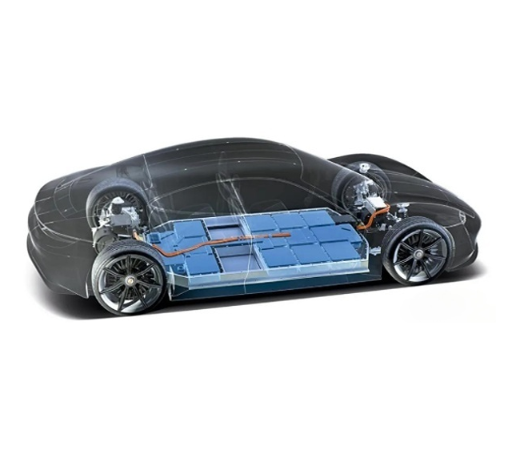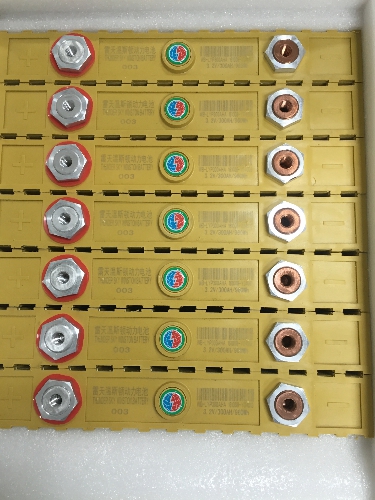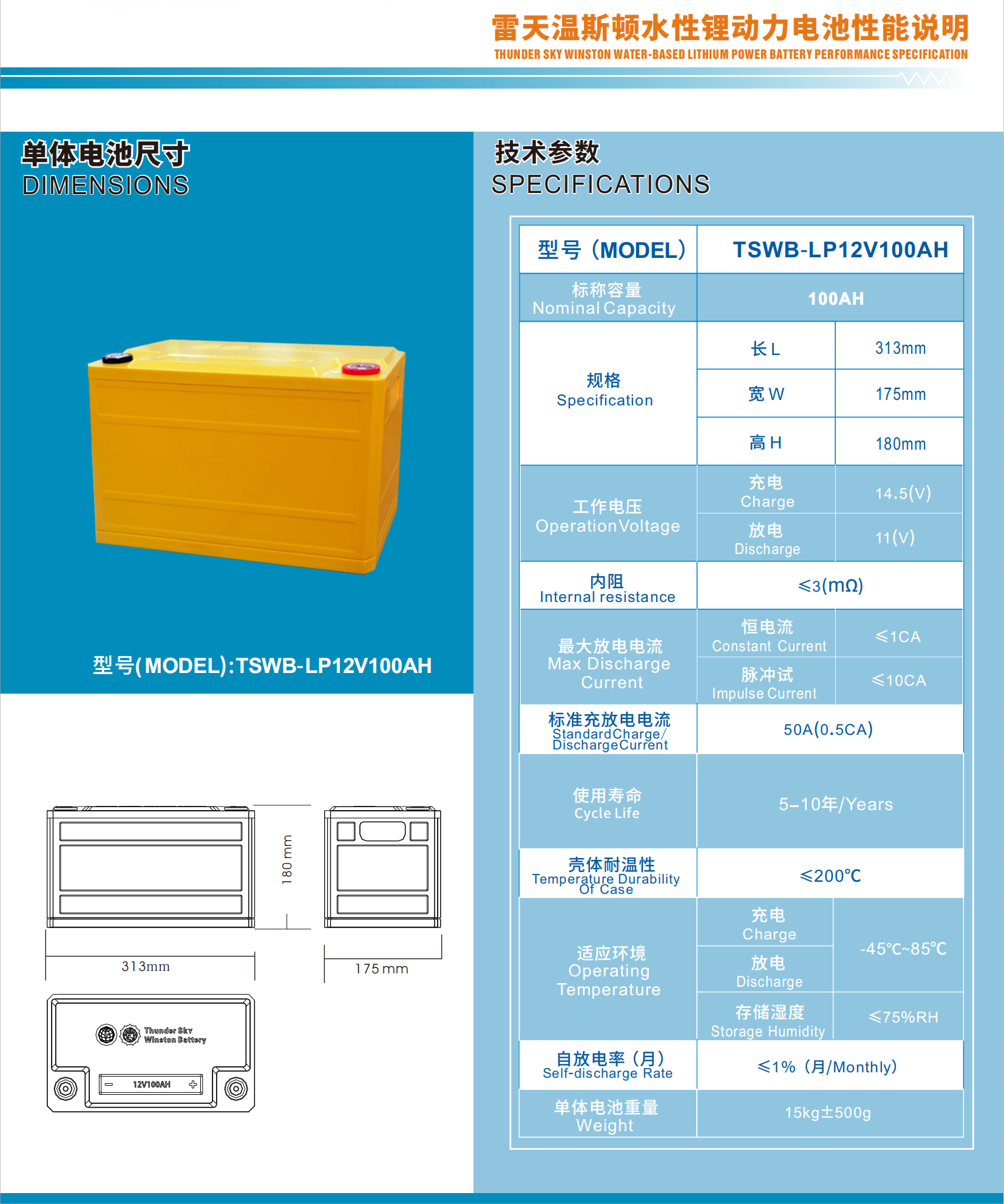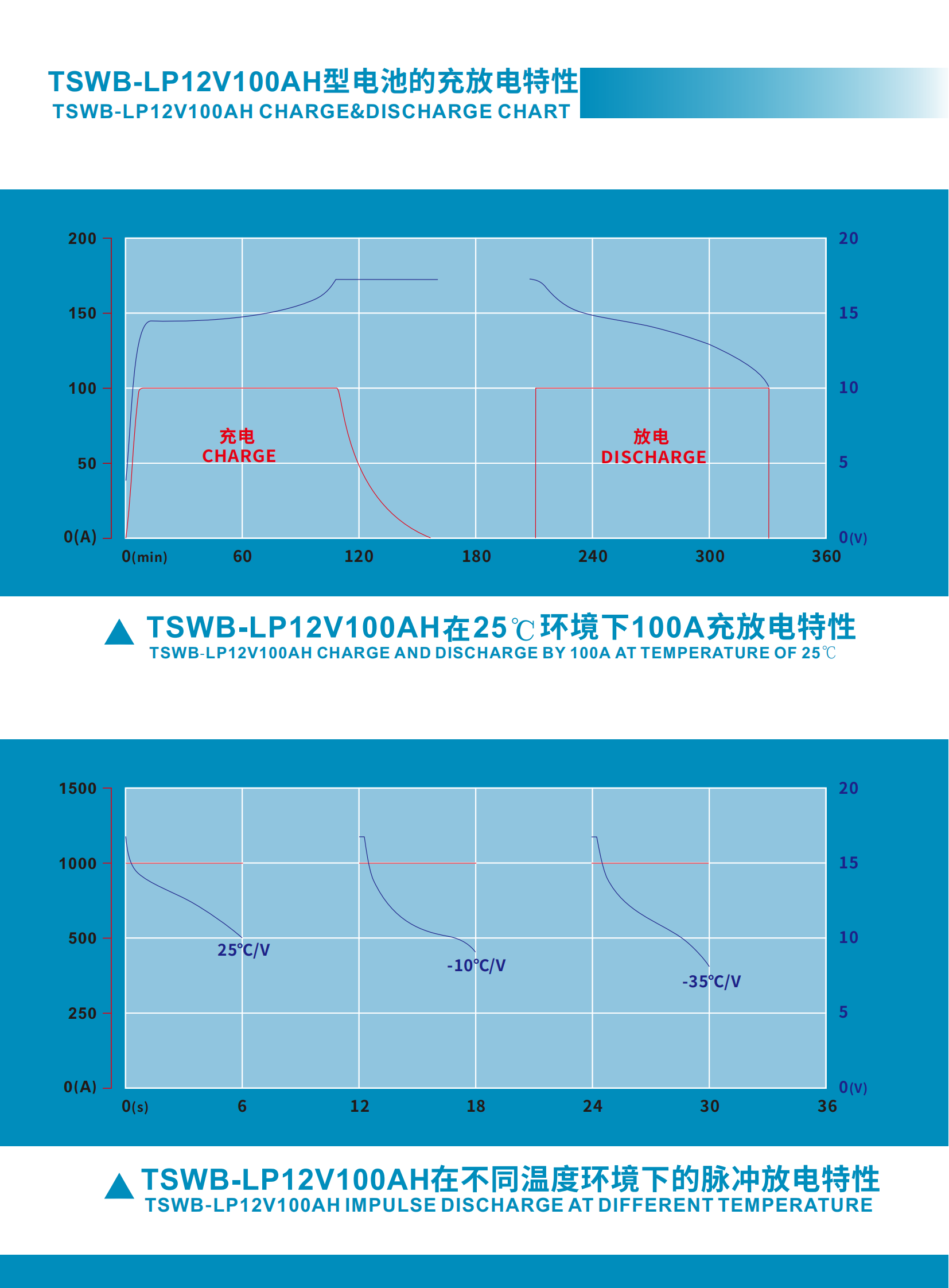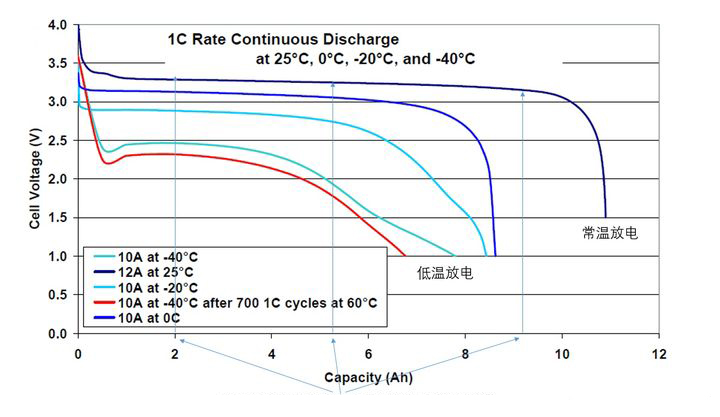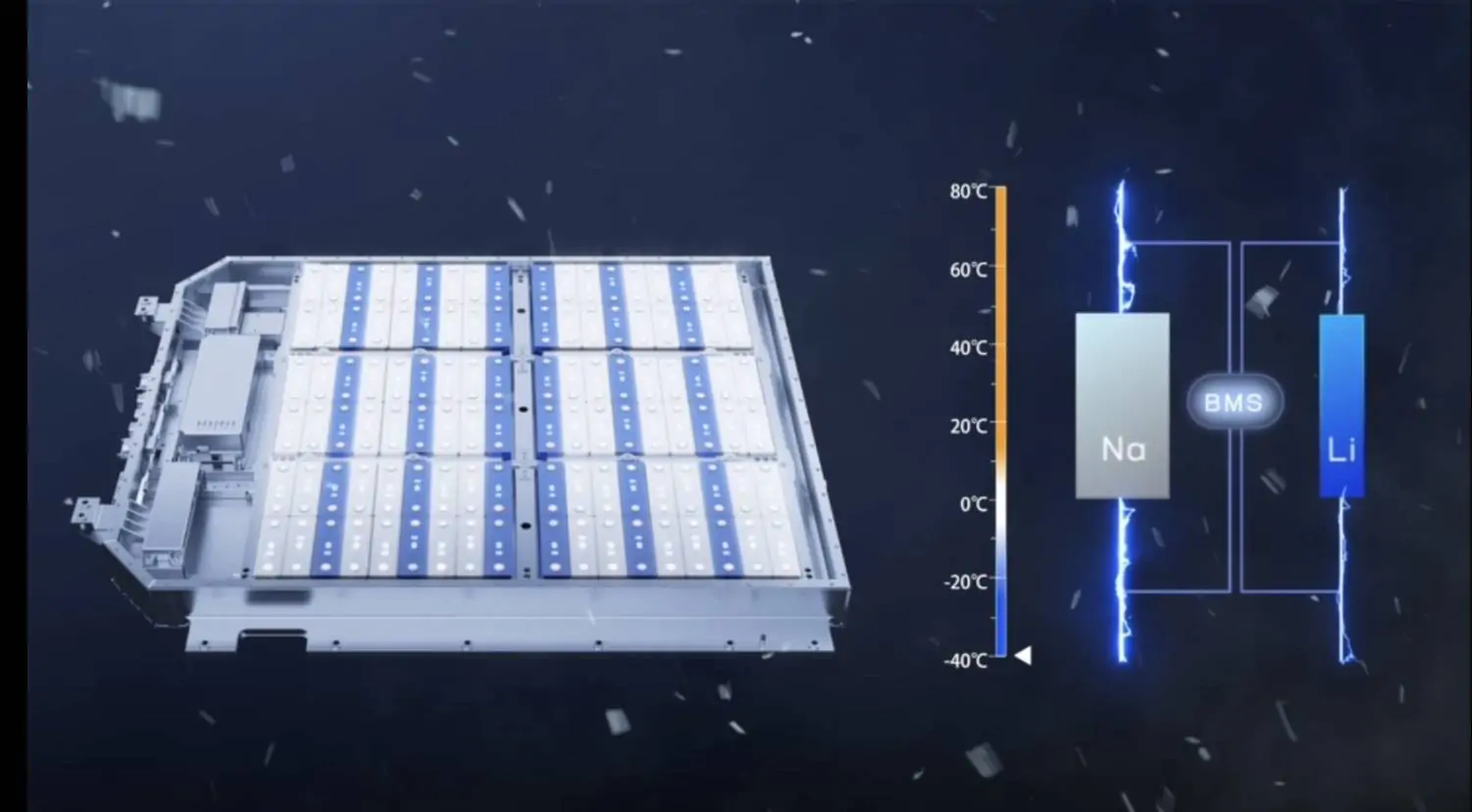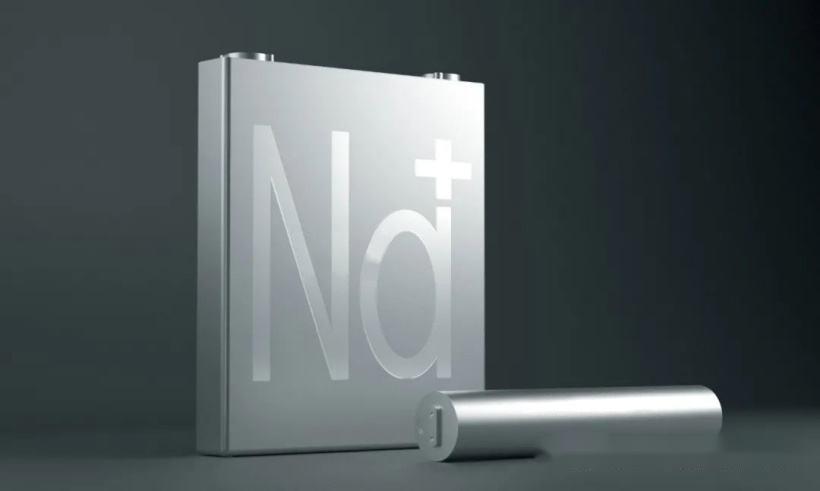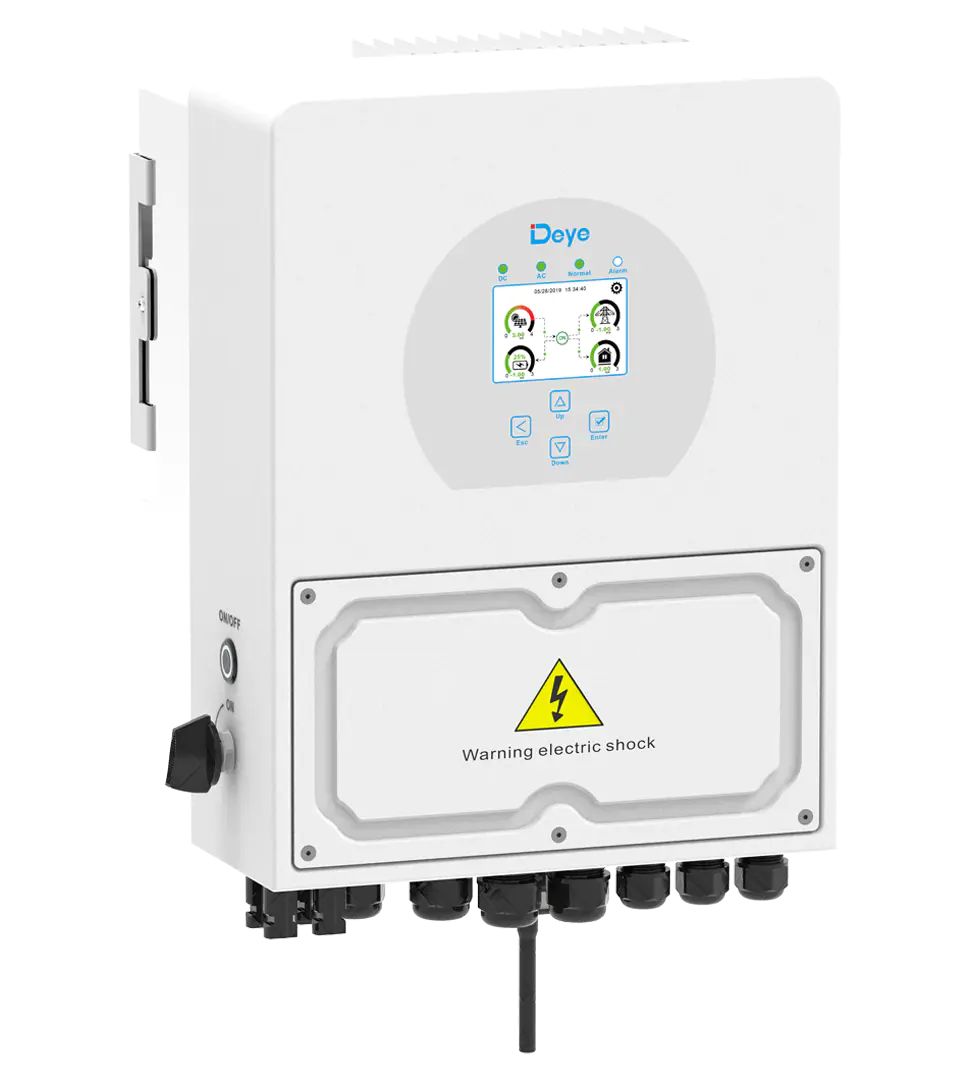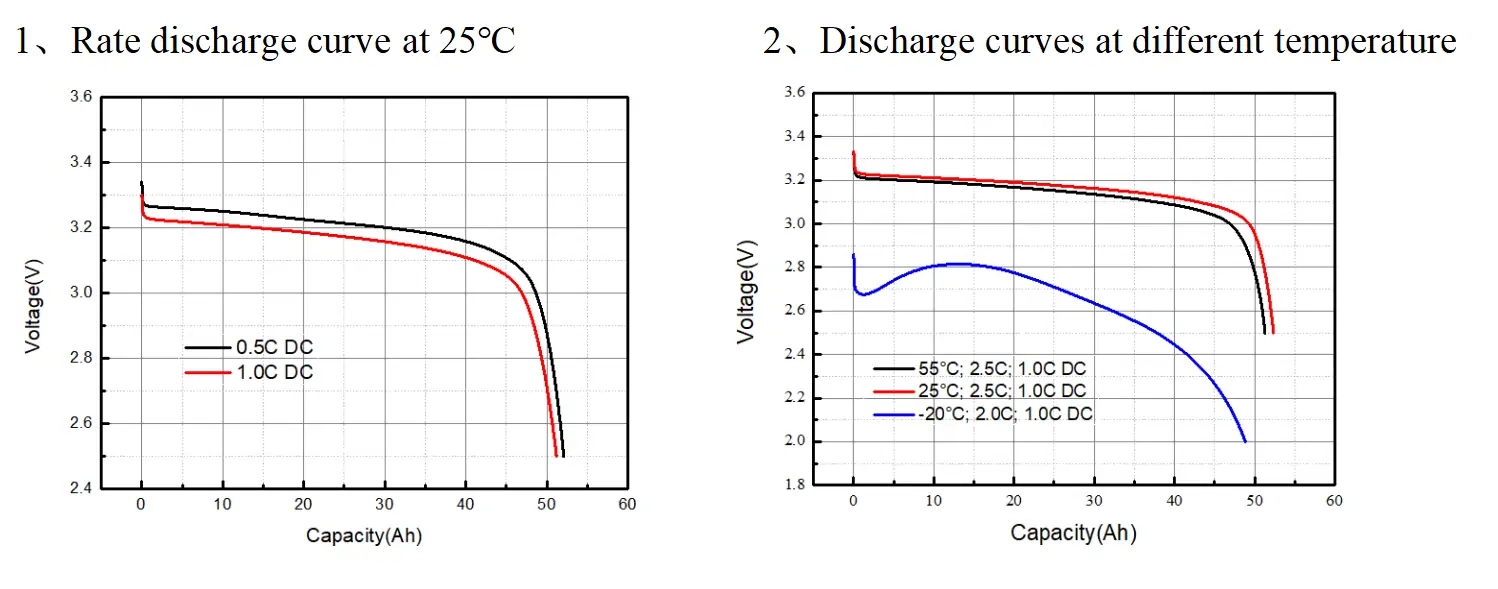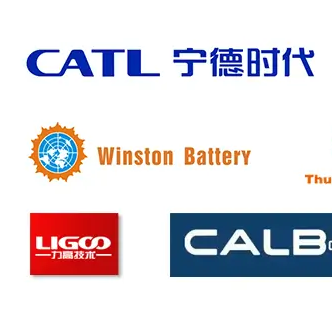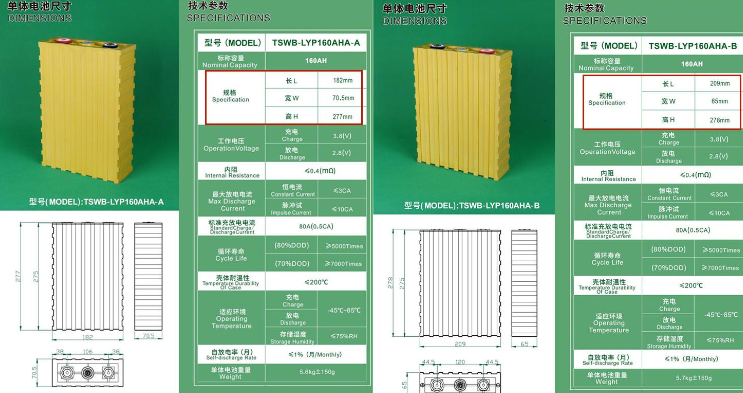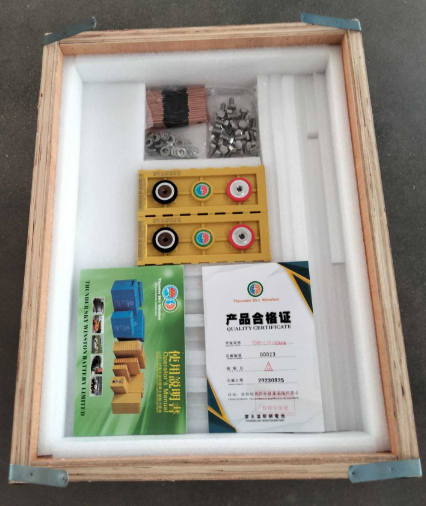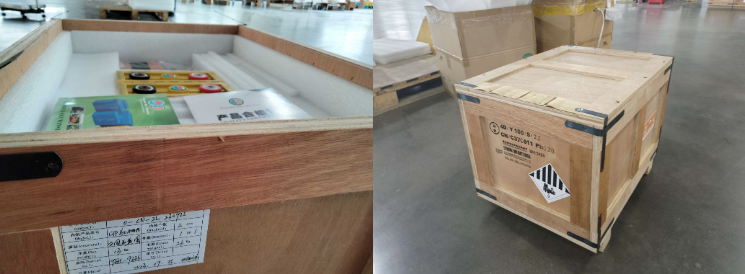
Winston LifeYPO4 Battery
- Introduction
- What is Winston LifeYPO4 Battery?
- Advantages of Winston LifeYPO4 Battery
- High Energy Density
- Long Cycle Life
- Safety
- Low Self-Discharge Rate
- Wide Temperature Range
- Applications of Winston LifeYPO4 Battery
- Electric Vehicles
- Solar Energy Storage
- Marine Industry
- Telecommunications
- Comparison with other battery types
- Lead-Acid Batteries
- Lithium-Ion Batteries
- FAQs
Winston LifeYPO4 Battery is a rechargeable battery that has become increasingly popular in recent years due to its high energy density, long cycle life, and safety features. It is an ideal energy storage solution for a wide range of applications, including electric vehicles, solar energy storage, the marine industry, and telecommunications.
In this article, we will explore what Winston LifeYPO4 Battery is, its advantages, applications, and factors to consider when choosing it. We will also compare it with other battery types and discuss how to maintain it properly.
What is Winston LifeYPO4 Battery?
Winston LifeYPO4 Battery is a type of Lithium-Ion battery that uses iron phosphate as the cathode material. It is named after the manufacturer, Winston Battery Limited, which is based in China.
The battery has a nominal voltage of 3.2 volts and a capacity range from 40 Ah to 700 Ah. It can be connected in series or parallel to achieve higher voltage or capacity.
Advantages of Winston LifeYPO4 Battery
High Energy Density
Winston LifeYPO4 Battery has a high energy density, which means it can store more energy per unit of weight or volume than other battery types. This makes it an excellent choice for applications where space and weight are limited, such as electric vehicles and portable electronics.
Long Cycle Life
Winston LifeYPO4 Battery has a long cycle life, which means it can be charged and discharged many times without losing its capacity. It can last up to 2000 cycles or more, depending on the depth of discharge and operating conditions. This makes it a cost-effective solution in the long run, as it requires less frequent replacement than other battery types.
Safety
Winston LifeYPO4 Battery is a safe battery type, as it has a lower risk of thermal runaway or fire compared to other Lithium-Ion battery types. This is due to the stable chemistry of iron phosphate, which is less prone to overheating or explosion even under extreme conditions.
Low Self-Discharge Rate
Winston LifeYPO4 Battery has a low self-discharge rate, which means it can retain its charge for a longer time without the need for frequent recharging. This makes it an ideal choice for applications that require standby power, such as telecommunications and emergency backup systems.
Wide Temperature Range
Winston LifeYPO4 Battery can operate within a wide temperature range, from -20°C to 60°C, without affecting its performance or safety. This makes it suitable for applications in harsh environments, such as the marine industry and off-grid solar systems.
Applications of Winston LifeYPO4 Battery
Explain the different fields and industries where Winston LiFeYPO4 batteries are commonly used, such as in energy storage systems, electric vehicles, and marine applications.
Energy Storage Systems (ESS)
Describe how Winston LiFeYPO4 batteries can be used to store energy from renewable sources like solar and wind power.
Electric Vehicles (EVs)
Explain how Winston LiFeYPO4 batteries can be used in electric cars and other vehicles.
Marine and RV Applications
Describe how Winston LiFeYPO4 batteries can be used in marine vessels and recreational vehicles.
Telecommunication Base Stations
Explain how Winston LiFeYPO4 batteries can be used to power telecommunication base stations.
Solar Power Systems
Describe how Winston LiFeYPO4 batteries can be used in off-grid solar power systems.
Uninterrupted Power Supply (UPS)
Explain how Winston LiFeYPO4 batteries can be used in uninterruptible power supply systems.
Comparison with Other Battery Types
Lead-Acid Batteries
Lead-acid batteries are the most commonly used type of battery for energy storage. They’re relatively inexpensive and widely available, making them an attractive option for many applications. However, they have several drawbacks, such as low energy density, short cycle life, and high maintenance requirements. Lead-acid batteries also contain toxic materials, such as lead and sulfuric acid, which can pose a hazard to the environment and human health.
Lithium-Ion Batteries
Lithium-ion batteries have become increasingly popular in recent years, thanks to their high energy density, long cycle life, and low self-discharge rate. They’re also lighter and more compact than lead-acid batteries, making them an excellent choice for portable devices and electric vehicles. However, lithium-ion batteries are more expensive than lead-acid batteries and require careful handling to prevent safety hazards, such as overcharging, overheating, and thermal runaway.
FAQs
Q: How does the Winston LifeYPO4 battery compare to other lithium-ion batteries?
A: The Winston battery is known for its superior durability, reliability, and safety compared to other lithium-ion batteries. It is also highly versatile and can be used in a wide range of applications.
Q: Can I use the Winston battery for my RV or boat?
A: Yes, the Winston battery is an excellent choice for RV and marine applications due to its superior performance and low maintenance requirements.
Q: How long does the Winston battery last?
A: The lifespan of the Winston battery depends on a variety of factors, including usage patterns, charging practices, and environmental conditions. However, with proper care and maintenance, the battery can last for many years.
Q: Is the Winston battery safe?
A: Yes, the Winston battery is known for its exceptional safety features, including its superior thermal stability and built-in protection against overcharging, short-circuiting, and other hazards.
Q: Where can I purchase a Winston LifeYPO4 battery?
A: Winston batteries are available from a variety of retailers and distributors, both online and offline. It is important to purchase from a reputable source to ensure that you receive a genuine, high-quality product.

